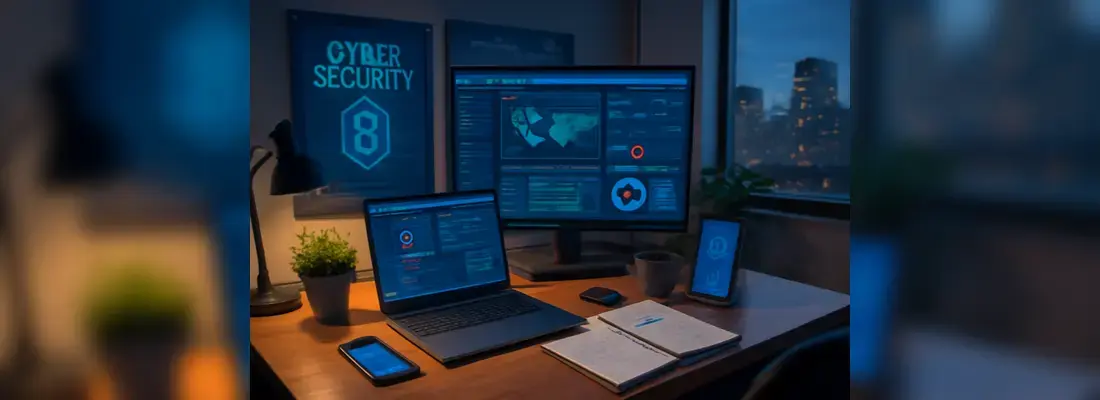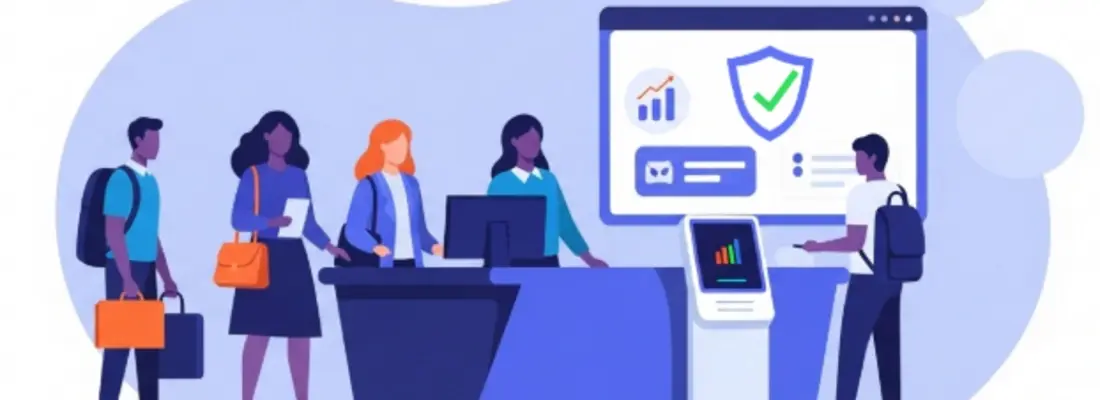Cybersecurity is everyone’s responsibility, not just the IT department’s. But getting employees to care about it isn’t always the easiest.
Training sessions typically feel like a chore. Boring slides, complex jargon, generic examples—all for a problem they may never encounter (because doing cybersecurity right means you won’t encounter problems!).
This is where gamification can make training far more engaging.
Gamification and Why Traditional Training Falls Short
Gamification refers to the process of applying game-like design elements in non-game contexts. These game-like elements include things like:
- Rewards;
- Competition;
- Storytelling;
- Visual and auditory feedback.
These elements make programmes more interactive—and that's where the magic is.
Training programmes, including cybersecurity training programmes, tend to rely on passive learning. Employees are merely told what phishing emails look like, why the strength of passwords matters, and how to spot suspicious links.
This passive approach is not only unengaging, but it’s also ineffective. Most often, employees tune out during these lecture-like training sessions.
In contrast, gamified training programs push trainees to be hands-on, and since they’re able to apply their learnings from the get-go, the teachings actually stick.

What Gamified Training Looks Like
Imagine this: you’re a new hire at a company. What is more interesting?
A simple 2-hour webinar on cybersecurity? Or joining a “Cyber Hero Challenge” where, each week, you get short missions—like identifying which of two emails is more likely to contain a phishing link?
And every time you complete a challenge, you earn points and climb a leaderboard (and maybe even unlock some nice rewards). Your team ends up competing with each other for those rewards.
Suddenly, training feels less like training and more like playing. And more people want to “play” than there are who want to “train.”
Addressing Common Security Topics
Truly, gamification can be applied to all sorts of cybersecurity topics.
Employees can be tested by sending them simulated phishing emails. And, should they spot and report them, be rewarded for it.
For example, have team members create short, simple passwords and let others try to guess. If they guess correctly, they’re rewarded (at the mild expense of the member whose password was guessed).
Try making “escape room” scenarios where, for example, participants need to install a VPN for Firestick program on multiple devices to escape.
For example, Deloitte developed a gamified cybersecurity simulation in which players act as security consultants responding to a data breach.
Here, employees had to think critically, work quickly, collaborate, and understand the impact of their decisions in real time. It’s far more immersive—and effective—than the good old slide show.
The variety of topics covered and ways to gamify them are only limited by the creativity of the training designers.
The Psychology Behind It
The reason why gamification works isn’t just because it’s fun. It’s because it taps into basic human desires and instincts:
People love seeing visible progress. Sitting through Zoom meetings and earning a certificate in the end doesn’t do that. On the other hand, points and levels show them they’re getting somewhere.
Humans are social creatures, and we naturally crave acknowledgement and admiration. Badges, leaderboards, and shoutouts appeal to these basic desires.
- Competition and collaboration
On the flipside of our social nature is also the desire to compete. Have programs that focus on cooperation, but it’s also healthy to have ones that center around competition.
Games provide real-time responses to choices. By letting users know of the results of their actions immediately, they can quickly learn through on-the-fly trial and error.
As such, it’s no surprise that, among employees who received gamified training, 83% felt more motivated and 61% reported improved productivity.
Better motivation, after all, means better retention. And in cybersecurity, knowledge retention can spell the difference between a company staying secure or suffering a costly breach.
To put it simply, gamifying tasks increases people’s desire to perform them.
However, don’t be mistaken: introducing gamification doesn’t mean building a full-scale video game. Introducing it in small doses can provide significant benefits if implemented thoughtfully.
No one wants to play low-effort games. And while one-off games might spark interest, it’s sustained programs with constant challenges and rewards that will keep people engaged.
It’s also important to adapt to your audience. A competitive leaderboard might work for one group, while another may prefer collaborative missions.
In general, gamification also works on younger staff—those who grew up with video games—than older ones. Tailor your approach based on your team’s culture and preferences.
And that’s another strength of gamification: its social aspect. When staff compete and cooperate during gamified training programs, you induce a cultural shift.
Cybersecurity practices become habits. They start thinking of cybersecurity as a shared mission—not just a set of rules—and become active participants in keeping your company’s data safe.








